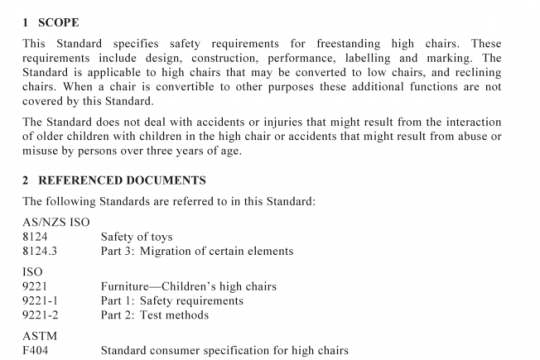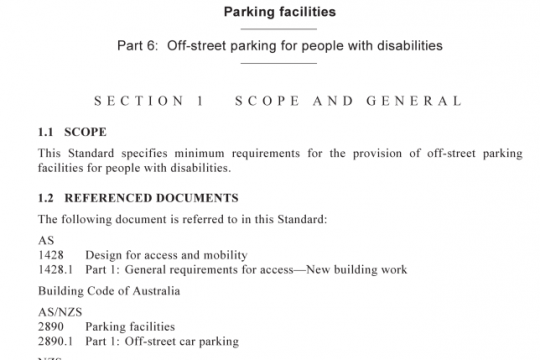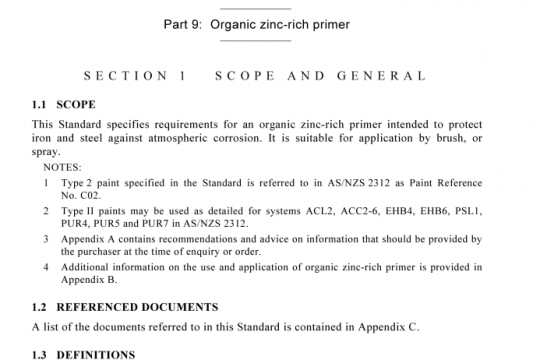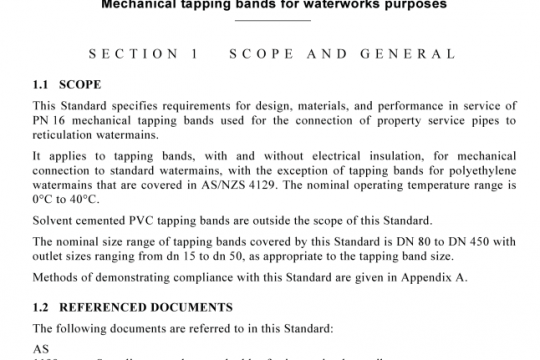AS 5009.1:2003 pdf free
AS 5009.1:2003 pdf free.Determination of particle size distribution by centrifugal liquid sedimentation methods
Centrifugal sedimentation methods are based on the rate of setting, under a centrifugal field, of particles in a liquid.The relationship between settling velocity and particle size reduces to the Stokes equation (1) at low Reynolds numbers. The Reynolds number should not exceed 0,25 if the inaccuracy in determining the value of Stokes diameter is not to exceed 3 %.
Stokesian sedimentation analyses depend on the applicability of Stokes law. This law defines the relationship between particle size and the change in settling distance (within the suspending fluid) of the particle as a function of the time that the particle has fallen after reaching its terminal settling velocity, and in a gravitational field.
Sedimentation techniques may be classified as either incremental or cumulative. Incremental methods are used to determine the solids concentration (or suspension density) of a thin layer at a known settling distance and time.Cumulative methods are used to determine the rate at which solids settle from the suspension. The cumulative method is not included in this part of ISO 13318.
The sample may be introduced either as a thin layer of dispersion on top of the spinning liquid medium, the line-start incremental technique, or uniformly dispersed throughout the sedimentation medium, the homogeneous incremental technique (Figures 1 and 2).
All particles are initilly in a thin band at the vortex radius, S, of the sedimentation zone. As centrifugation proceeds,larger particles fall outward faster than the small ones of the same particle density. At time, t, the only particles in the detection zone are those with a Stokes diameter close to that given by equation (7). In practice, there will be a range of sizes in the measurement zone due in part to the finite radial width of that zone and in part due to thermal broadening.AS 5009.1 pdf free download.




